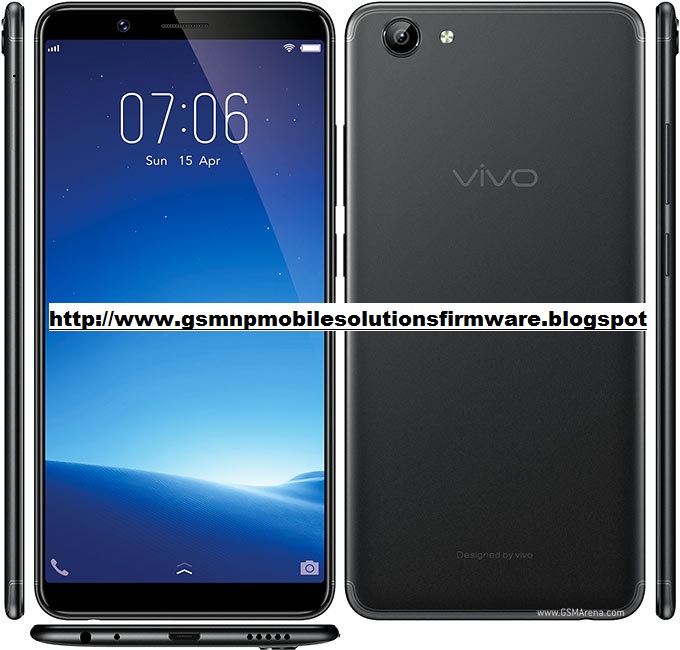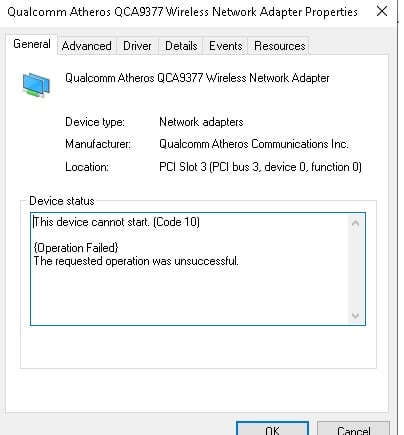I’ll just go straight to the point. This simple tutorial will show you steps to properly install Qualcomm QDLoader drivers on Windows, either Windows 8, 8.1 or 10. You may need it in few occasions involving your MIUI device powered with any variant of Qualcomm chipset. As we know it that many of Xiaomi’s most popular phones like Mi5, Mi 5, Redmi Note 3, and so on, are powered with Qualcomm Snapdragon chipset. Any way, let’s just start the guide.

The COM port is also used for updating the transceiver firmware. The SCU-17 or an compatible transceiver have two virtual COM ports, which can be used for CAT communi-cation and TX control operations. This driver installation program is provided by Silicon Labs, Inc. (The above Silicon Labs, Inc. Website link is current as of September, 2019.). Operation: Format FS Checking for existing devices.Found Port: Qualcomm HS-USB QDLoader 9008 (COM5) Driver Info: Qualcomm Incorporated, quusbserial.sys, 2.1.2.0.
Also read : How to install MIUI 8 Developer ROM on Redmi Note 3.
Requirements
- Download Qualcomm QDLoader Drivers package.
- Download ADB USB Drivers or Mi PC Suite.
- Download Minimal Fastboot files.
- Any MIUI device powered with Qualcomm Snapdragon.
- A USB cable.
- A computer running Windows 8, 8.1 or 10.
How to
Step 0 – Extract the Qualcomm QDLoader .zip file using either Winzip or Winrar.
Step 1 – Install either ADB USB Drivers or Mi PC Suite only if you have not done it yet, otherwise you don’t have to. This is necessary to make sure your computer can recognize and communicate with your phone properly.
Step 2 – Extract Minimal Fastboot .zip file and go to the folder of where the extracted files are located (via Windows Explorer).

Step 3 – Enable Developer Options on your phone. Just go toSettings >>About phones >> tap on the MIUI Version 7 times. You can skip this step if you have it enabled previously.
Step 4 – Enable USB Debugging on your phone. Go to Settings >> Additional Settings >>Developer Options >> enable USB Debugging.
Step 5 – Now reboot your phone into Fastboot mode. In most cases, you can do it by pressing Volume Down (-) button and Power button simultaneously until Fastboot Bunny logo appeared.
Step 6 – Now connect your phone into your computer.
Step 7 – In Windows Explorer opening Minimal Fastboot Files folder, hold down / press the Shift button on your keyboard and right-click anywhere in the folder, and then choose “Open Command Window from Here” option.
Step 8 – Now type following command :
Your phone shall now reboot into EDL mode
Qc Incorporated Port Devices Driver Portal

Step 9 – Open up Device Manager from control panel and you will notice a new device is detected but its driver is not installed properly.
Usually it is displayed as “QHSUSB_BULK” under Other Devices.
Step 10 – Right-click on QHSUSB_BULK and choose “Update Driver Software“.
Step 11 – A dialog window shall appear. Choose “Browse my computer for driver software“.
Step 12 – Now click on the Browse button and locate the extracted Qualcomm QDLoader drivers.

Step 13 – The installation process shall take place immediately and a system notification will appear. Just choose “Install this driver software anyway“.
Step 14 – Once done, you will see something like this.
Step 15 – Click the Close button and check back at Device Manager window. You will now see “Qualcomm HS-USB QDLoader 9008 (COM10)” under Ports (COM & LPT) section.

Qc Incorporated Port Devices Driver Download
Done! Congratulation, you have now installed Qualcomm HS-USB QDLoader successfully on your computer.
Related Posts
| Operating System | Current | Previous | Notes | ||
|---|---|---|---|---|---|
| Interface | Driver Revision | Interface | Driver Revision | ||
| • RS-232 • USB | UniWinDriver708.zip 7.08 Driver Manual | • RS-232 • USB | EEPROM support available | ||
| • RS-232 • USB • PS/2 | 6.20cs 6.20cs XPe | N/A | Legacy TSHARC Driver | ||
| Touch Base Drivers | • RS-232 • PS/2 • USB | Available for Download | WinCE, WinXP/7/8, WinXPe/7e,Linux, MacOS | ||
| Win CE Net 4.2 | • RS-232 • PS/2 • USB | WinCE4.2 118a Drivers Manual | • RS-232 • PS/2 • USB | WinCE4.2 1.16 Drivers Manual | |
| WinCE 5.0 | • RS-232 • PS/2 • USB | WinCE5.0 1.18b Drivers Manual | • RS-232 • PS/2 • USB | WinCE5.0 1.16 Drivers Manual | |
| WinCE 6.0 | • RS-232 • PS/2 • USB | WinCE6.0 118b Drivers Manual | N/A | ||
| Linux | • RS-232 • PS/2 • USB | 3.23 Drivers Manual | • RS-232 • PS/2 • USB | 3.04c Drivers Manual | 3.23 recommended for kernels 2.6.27 and later |
| Linux | • RS-232 • UART (TTL) | V 102 User Guide | N/A | Open source kernel code for Linux development | |
| Linux | • RS-232 • PS/2 • USB | 2.07 | N/A | Recommended for legacy support of older Linux distributions | |
| MacOS9 | • USB | 1.06 | N/A | ||
| MacOSX | • USB | • Motorola 1.04 • Intel & PPC 2.1.0 | • USB | 1.03 2.00 | |
| Windows ME Window98 | • RS-232 • PS/2 • USB | UniWinDriver620cs.zip Drivers Manual | • RS-232 • PS/2 • USB | 6.19cs 6.19cs Manual | |
| Windows 95 | • RS-232 • PS/2 • USB • BUS | 5.04c Drivers Manual | • RS-232 • PS/2 • USB • BUS | 5.04b Drivers Manual | |
| Windows 3.1x | • RS-232 • PS/2 • USB | 3.01 Drivers Manual | N/A | ||
| Win NT 4.0 | • RS-232 • PS/2 • USB | 5.00 Drivers Manual | • RS-232 • PS/2 • USB | 4.01b | |
| Win CE 3.x | • RS-232 • PS/2 • USB | 1.10 Drivers Manual | 1.09 | ||
| Win CE 4.0 | • RS-232 • PS/2 • USB | x86 driver GEODEx86_1.00 ARMV4I Intel Xscale | N/A | ||
| Win CE Net 4.1 | • RS-232 • PS/2 • USB | x86 101 | N/A | ||
| DOS | • RS-232 • PS/2 | 3.04c Drivers Manual | • RS-232 • PS/2 • BUS | 3.30 | |
